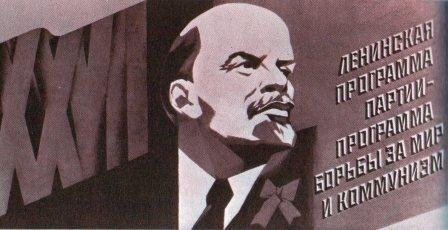When I was a kid, on the streets of Voronezh, USSR, where I lived, it was no advertising, but a lot of soviet agitation placards. Many of them were for peace. I remember a popular slogan of that time "Peace to world". Another popular russian set expression of 1980s-90s was "fight for peace".
In this post you can see some of the Soviet Union placards relating to the theme of peace.
First USSR placard carries the slogan "Labour will be a lord of world". The placard illustrates the essence of the 1st decrees of the Bolshevik's power. These decrees were adopted after the October Revolution in 1917.
In this post you can see some of the Soviet Union placards relating to the theme of peace.
First USSR placard carries the slogan "Labour will be a lord of world". The placard illustrates the essence of the 1st decrees of the Bolshevik's power. These decrees were adopted after the October Revolution in 1917.












